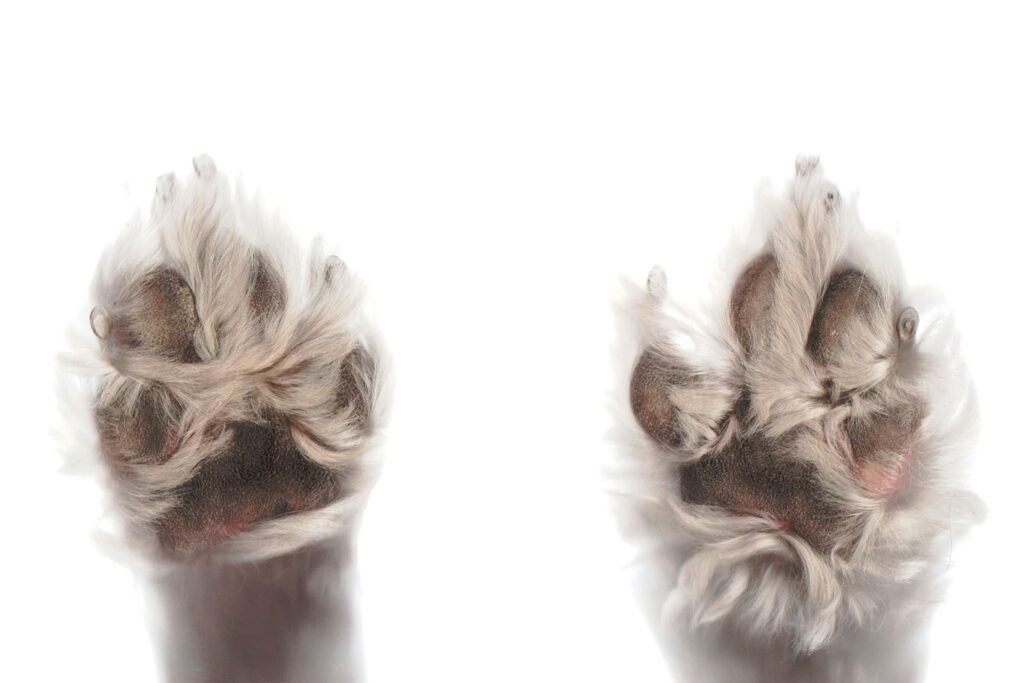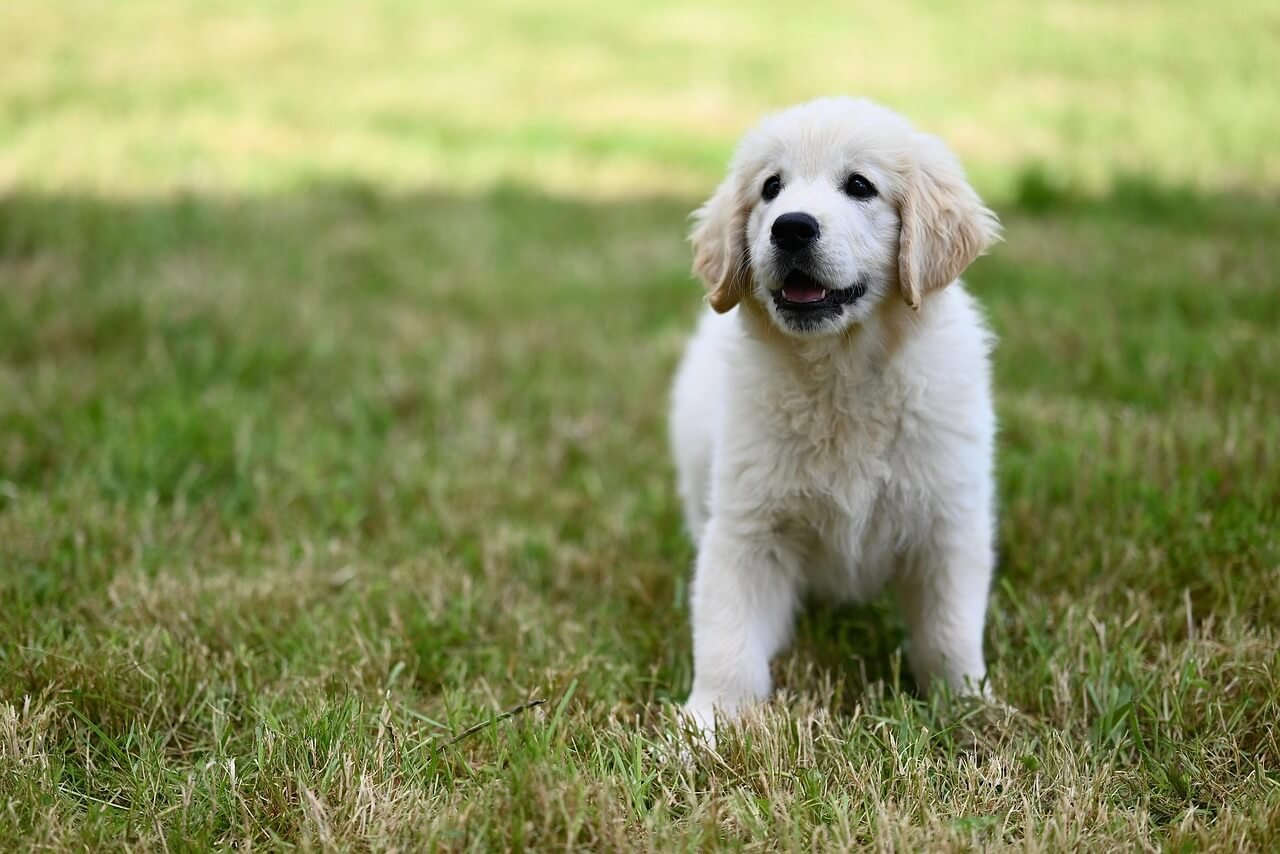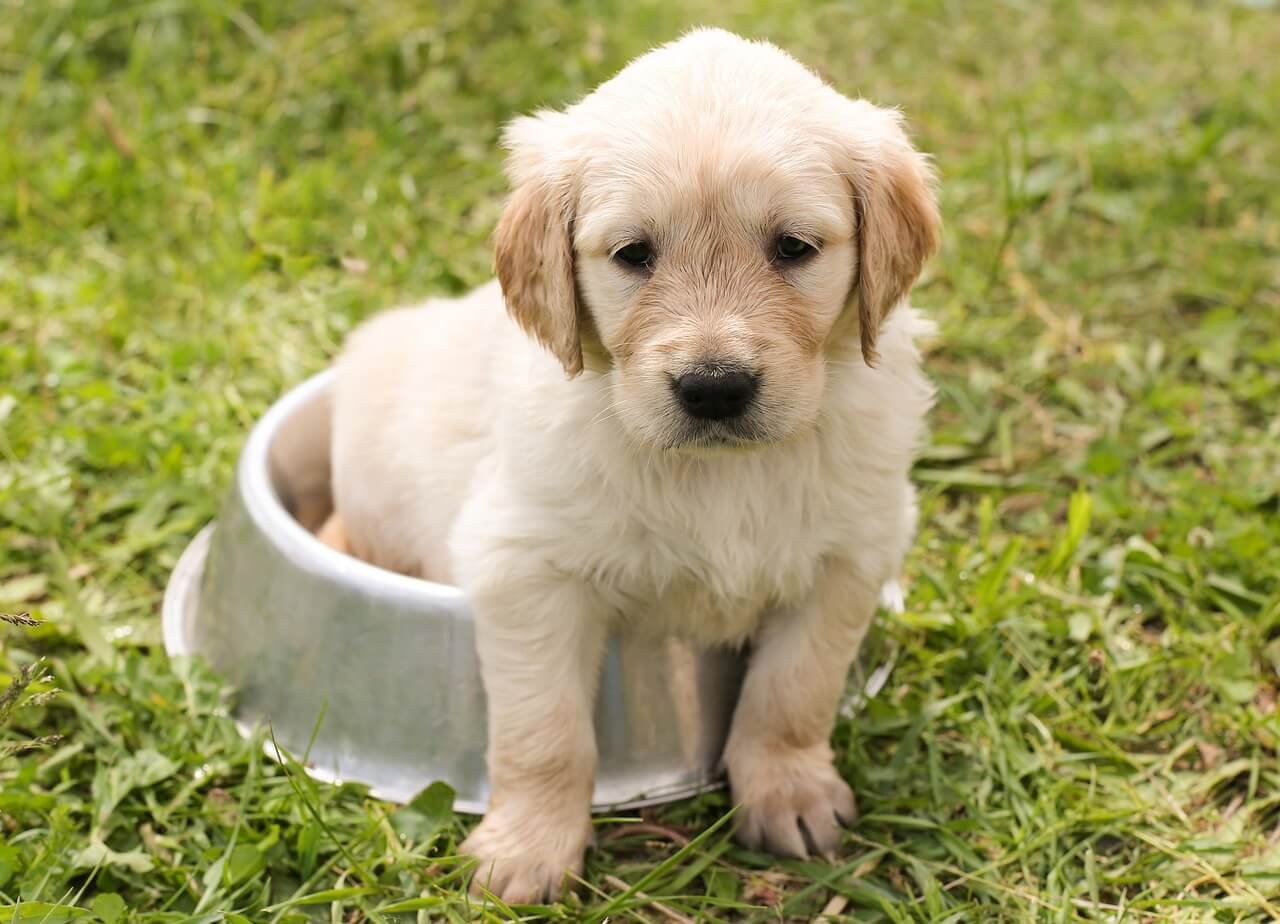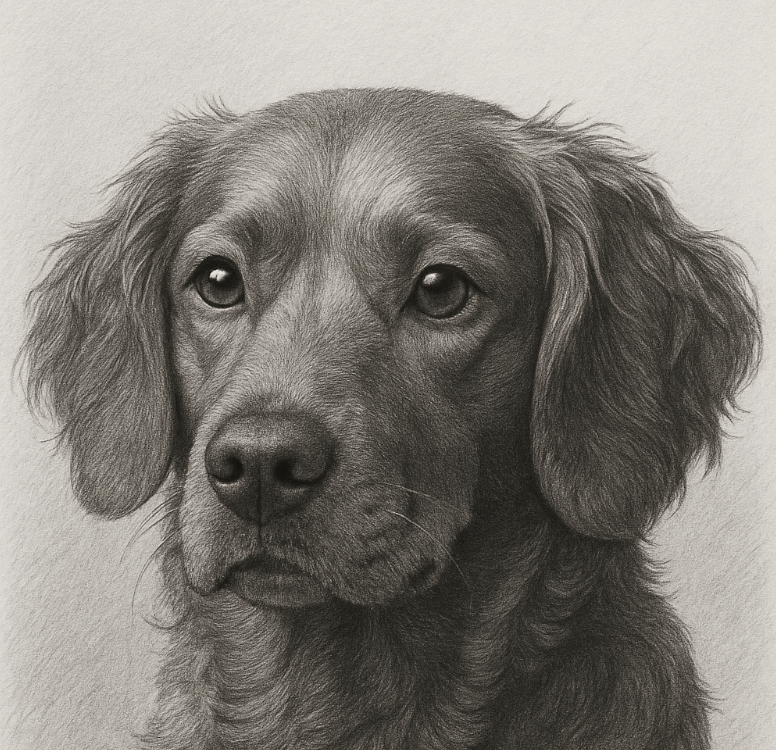How Short Should Dog Nails Be? A Guide to Keeping Your Pup’s Paws Healthy
When it comes to caring for your furry friend, one often overlooked aspect is nail maintenance. While most pet owners are diligent about feeding, grooming, and exercising their dogs, the length of their nails can sometimes slip under the radar. However, keeping your dog’s nails at the right length is crucial for their comfort, mobility, and overall health. Overgrown nails can cause pain, affect posture, and even lead to long-term joint issues. So, how short should dog nails be? In this blog post, we’ll explore everything you need to know to ensure your pup’s paws stay happy and healthy.
Why Nail Length Matters for Your Dog
Before diving into specifics, it’s important to understand why nail length plays such a vital role in your dog’s well-being. Overgrown nails aren’t just an aesthetic issue—they can have serious consequences for your pet’s physical health. Here’s a breakdown of why maintaining the correct nail length is so important:
- Prevents Pain and Discomfort: Long nails can press into the paw pad or cause the toes to splay unnaturally, leading to discomfort.
- Supports Proper Posture: Overgrown nails alter the way your dog walks, which can strain muscles and joints over time.
- Reduces Risk of Infections: Nails that are too long are more prone to breaking or splitting, creating an entry point for bacteria.
- Prevents Damage to Floors and Furniture: Dogs with excessively long nails may scratch floors, carpets, and furniture unintentionally.
In short, maintaining the ideal nail length isn’t just about aesthetics—it’s about ensuring your dog’s comfort and preventing potential health problems. By staying proactive, you can help your pup feel their best every day.
Signs That Your Dog’s Nails Are Too Long
How do you know if your dog’s nails are too long? It’s not always obvious, especially if you’re new to pet ownership. Fortunately, there are several telltale signs that indicate it’s time for a trim. Here’s what to look out for:
- Clicking Sound on Hard Surfaces: If you hear a clicking noise when your dog walks across tile or hardwood floors, their nails are likely too long.
- Visible Curling or Hooking: Nails that curve under or grow in a circular shape are a clear sign they need attention.
- Difficulty Walking or Standing: Overgrown nails can make it hard for your dog to walk comfortably or maintain balance.
- Redness or Swelling Around the Paw: This could indicate irritation caused by nails pressing into the paw pad.
- Changes in Behavior: If your dog seems reluctant to walk or shows signs of pain when standing, overly long nails might be the culprit.
If you notice any of these signs, it’s time to take action. Regularly checking your dog’s nails will help you catch issues early and prevent complications down the line.
Expert Opinion: The Importance of Proper Nail Care
According to Dr. Sarah Thompson, a certified veterinarian with over 15 years of experience, “Maintaining the correct nail length is vital for a dog’s physical health and comfort. Overgrown nails can lead to chronic pain and mobility issues, which is why regular trimming should be a non-negotiable part of pet care.”
Check this guide 👉 Top 5 Dog Nail Clippers with Sensor for Ultimate Pet Care!
Check this guide 👉 Top 5 Best Dog Nail Grinders for Ultimate Grooming!
Check this guide 👉 5 Best Dog Grooming Scissors for Ultimate Pawsome Results!

Benefits of Trimming Dog Nails | Challenges of Trimming Dog Nails |
|---|---|
Prevents pain and discomfort | Risk of cutting the quick accidentally |
Improves mobility and posture | Some dogs may resist nail trimming |
Reduces risk of infections | Requires regular maintenance |
Protects floors and furniture | Can be stressful for both owner and dog |
Enhances overall paw health | Improper tools can damage nails |
Tools You Need for Effective Nail Trimming
Trimming your dog’s nails doesn’t require fancy equipment, but having the right tools makes the process safer and more efficient. Here’s a list of essentials to keep on hand:
- Nail Clippers: Choose between guillotine-style clippers or scissor-style clippers based on your preference and your dog’s size.
- Grinder: A nail grinder smooths rough edges and helps avoid sharp tips after clipping.
- Styptic Powder: This stops bleeding quickly if you accidentally cut the quick.
- Treats: Rewarding your dog during and after the process helps create positive associations.
- Good Lighting: Adequate lighting ensures precision and reduces the risk of mistakes.
With these tools in place, you’ll be well-prepared to tackle nail trimming sessions confidently. Remember, patience and practice are key to mastering this skill.
Tips for Stress-Free Nail Trimming Sessions
For many dogs—and their owners—nail trimming can be a stressful experience. However, with the right approach, it’s possible to make the process smoother and less intimidating. Here are some tips to help you and your pup stay calm:
- Start Slowly: Introduce your dog to the tools gradually, letting them sniff and inspect before use.
- Use Positive Reinforcement: Offer treats and praise throughout the session to build trust.
- Keep Sessions Short: Break the process into smaller chunks to avoid overwhelming your dog.
- Stay Calm Yourself: Dogs pick up on their owner’s emotions, so remaining relaxed is essential.
- Know When to Stop: If your dog becomes too anxious, take a break and try again later.
By incorporating these strategies, you can turn nail trimming into a bonding experience rather than a chore. Over time, your dog may even come to enjoy the attention!
Additional Tips for Maintaining Healthy Dog Nails
While regular trimming is essential, there are other practices you can incorporate to keep your dog’s nails in optimal condition. These tips go beyond just clipping and help support overall paw health. Here are some additional steps to consider:
- Provide Ample Exercise on Hard Surfaces:
Walking or running on concrete or pavement can naturally file down your dog’s nails over time. - Check Nails Weekly:
Make it a habit to inspect your dog’s nails at least once a week to catch overgrowth early. - Monitor the Quick:
For dogs with light-colored nails, the quick (the pink part inside the nail) is visible. Avoid cutting into it to prevent pain and bleeding. - Use Calming Techniques:
If your dog is anxious during nail care, try calming aids like pheromone sprays or gentle massage beforehand. - Seek Professional Help When Needed:
If you’re unsure about trimming yourself, consult a professional groomer or veterinarian for guidance.
By incorporating these practices into your routine, you’ll not only maintain healthy nails but also foster a stronger bond with your furry friend through consistent care.
Common Mistakes to Avoid When Trimming Dog Nails
Trimming your dog’s nails might seem straightforward, but there are several pitfalls that even experienced pet owners can fall into. Avoiding these common mistakes will help ensure a safer and more effective nail care routine. Here’s what to watch out for:
- Cutting Too Much at Once:
Removing large portions of the nail in one go increases the risk of cutting the quick and causing pain. - Using Dull Tools:
Blunt or low-quality clippers can crush the nail instead of cutting it cleanly, leading to discomfort and potential damage. - Ignoring Your Dog’s Signals:
If your dog shows signs of stress or discomfort, pushing through the process can make them fearful of future trims. - Skipping Regular Maintenance:
Waiting too long between trims can lead to overgrown nails, making the trimming process more challenging and painful. - Neglecting Post-Trim Care:
Failing to smooth rough edges with a grinder or file can leave nails sharp, which may scratch skin or surfaces.
By being mindful of these mistakes, you can ensure a smoother and safer nail-trimming experience for both you and your dog. Remember, patience and preparation are key to success!
Benefits of Regular Nail Trimming for Your Dog
Regular nail trimming offers more than just aesthetic benefits—it plays a crucial role in your dog’s overall health and well-being. Here are some key advantages of keeping your dog’s nails at the right length:
- Improved Mobility:
Properly trimmed nails allow your dog to walk naturally, reducing strain on their joints and muscles. - Prevention of Structural Issues:
Overgrown nails can alter your dog’s gait, potentially leading to long-term problems like arthritis or joint pain. - Enhanced Comfort:
Short nails prevent discomfort caused by nails pressing into paw pads or curling into the foot. - Better Hygiene:
Well-maintained nails are less likely to trap dirt, debris, or bacteria, reducing the risk of infections. - Strengthened Bond with Your Pet:
Regular grooming sessions, including nail care, provide an opportunity to connect with your dog and build trust.
By prioritizing regular nail trimming, you’re not just caring for your dog’s paws—you’re contributing to their overall happiness and quality of life. It’s a small effort that yields significant rewards for both you and your furry companion.
FAQ
How often should I trim my dog’s nails?
The frequency depends on your dog’s activity level and nail growth rate. Generally, trimming every 3-4 weeks is recommended.
What happens if I cut the quick?
Cutting the quick causes bleeding and pain. Use styptic powder to stop the bleeding and consult a vet if necessary.
Can I use human nail clippers for my dog?
No, human nail clippers are not designed for dogs and can cause splintering or injury.
My dog hates nail trimming. What should I do?
Gradually desensitize your dog to the process using treats and short sessions. Professional groomers can also assist if needed.
Do all dogs need their nails trimmed?
Not necessarily. Active dogs who frequently walk on hard surfaces may naturally wear down their nails. However, regular checks are still important.
Final Thoughts: Prioritizing Your Dog’s Paw Health
Taking care of your dog’s nails might seem like a small part of their overall care routine, but it has a big impact on their quality of life. By keeping their nails at the right length, you’re not only ensuring their comfort but also supporting their long-term health and happiness. Whether you choose to trim their nails yourself or enlist the help of a professional, consistency is key. Remember, a little effort goes a long way in making sure your furry companion enjoys every step they take. So grab those clippers, stay patient, and give your pup the paw care they deserve!
How Much to Feed a Labrador: Best 7 Expert Tips! Discover the ideal portion sizes, feeding schedules, and nutrition advice to keep your Labrador healthy and happy. Perfect for dog owners!
Dalmatian vs Labrador: Best 7 Expert Tips! Discover key differences in temperament, exercise needs, and care to choose the perfect breed for your lifestyle. Ideal for dog lovers!
Labrador Hunting: Best 7 Expert Tips! Discover essential advice for training, gear, and health to maximize your Labrador's potential in the field. Perfect for hunters!
The Labrador Cocker Spaniel Mix: Best 7 Expert Tips! Discover essential advice on training, care, and living with this friendly hybrid. Perfect for families and active lifestyles!





